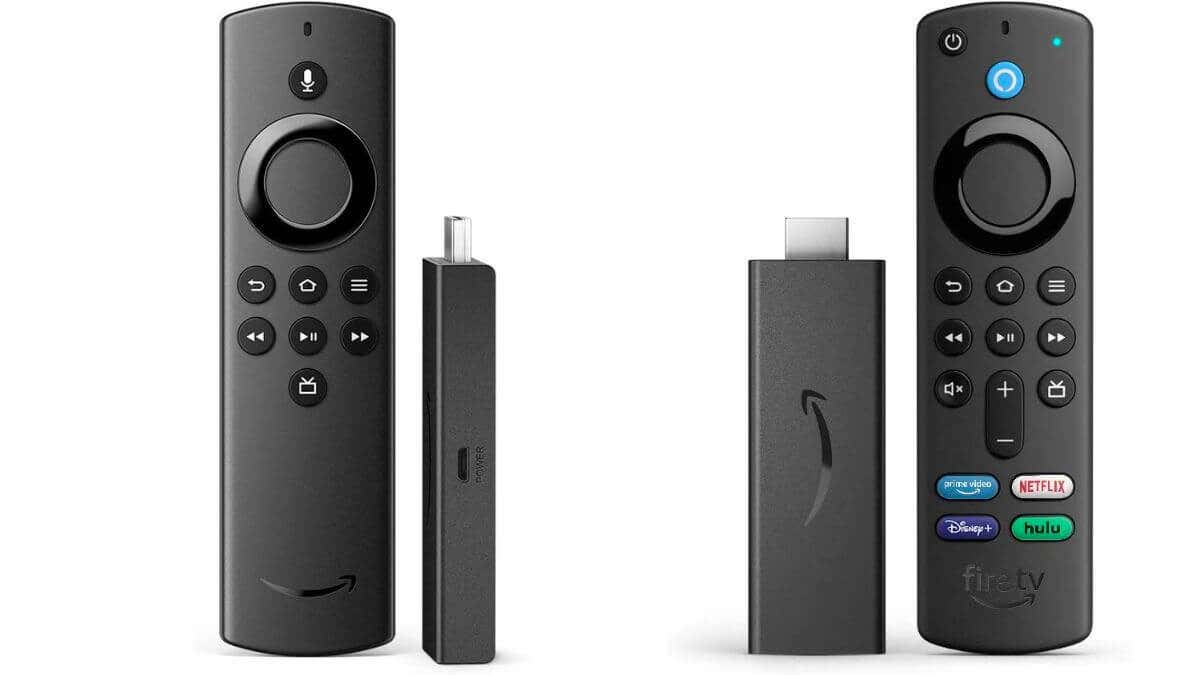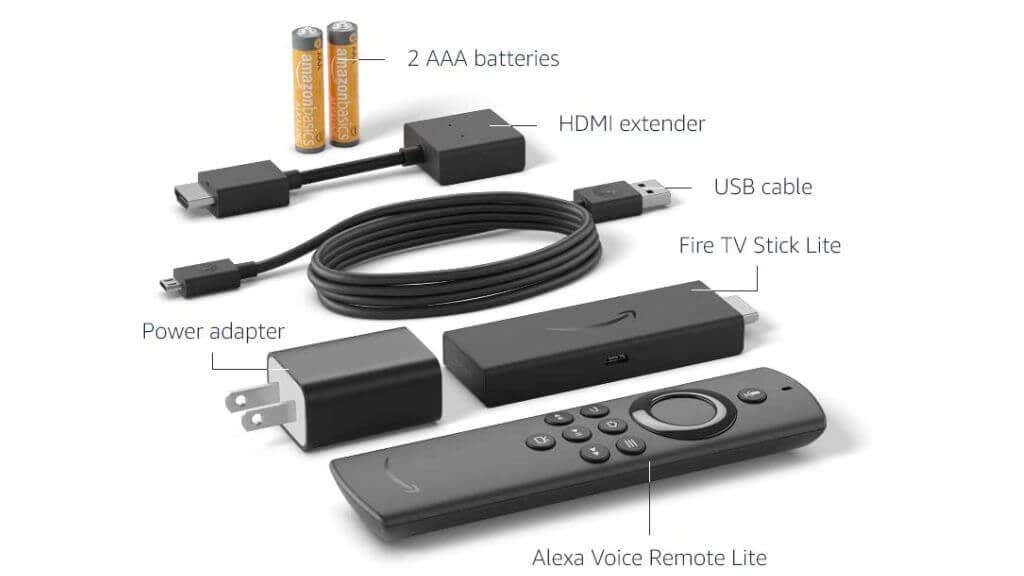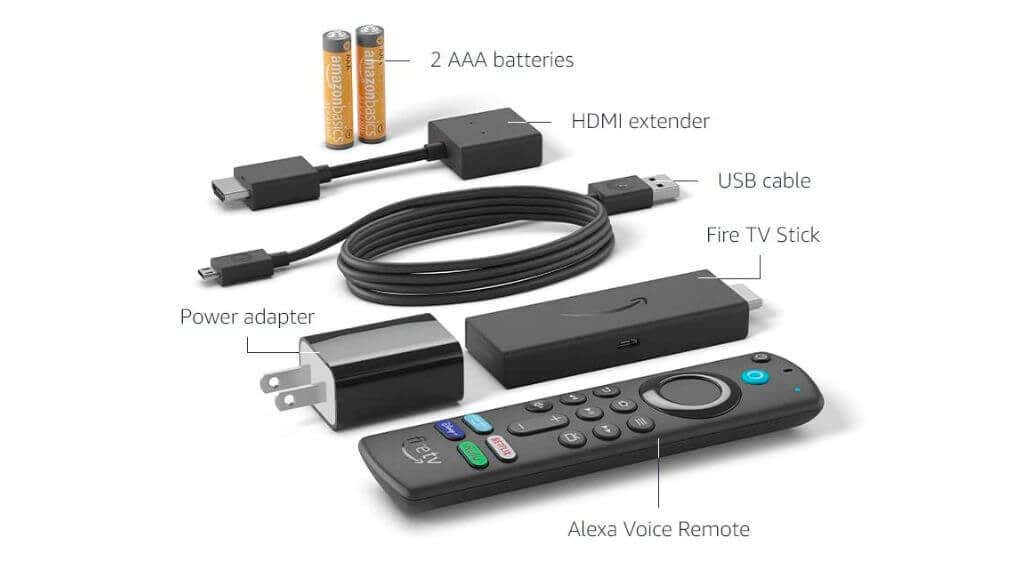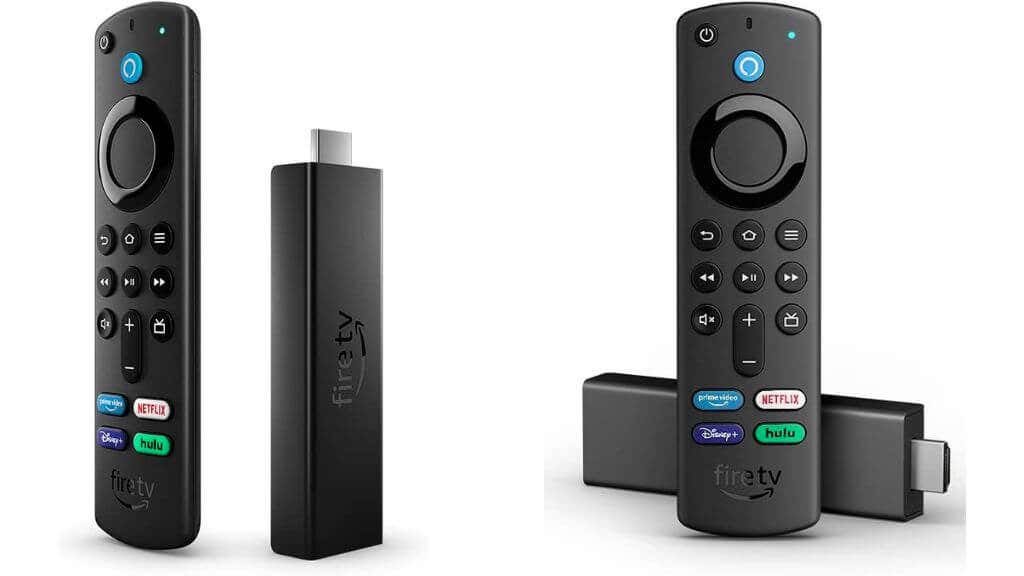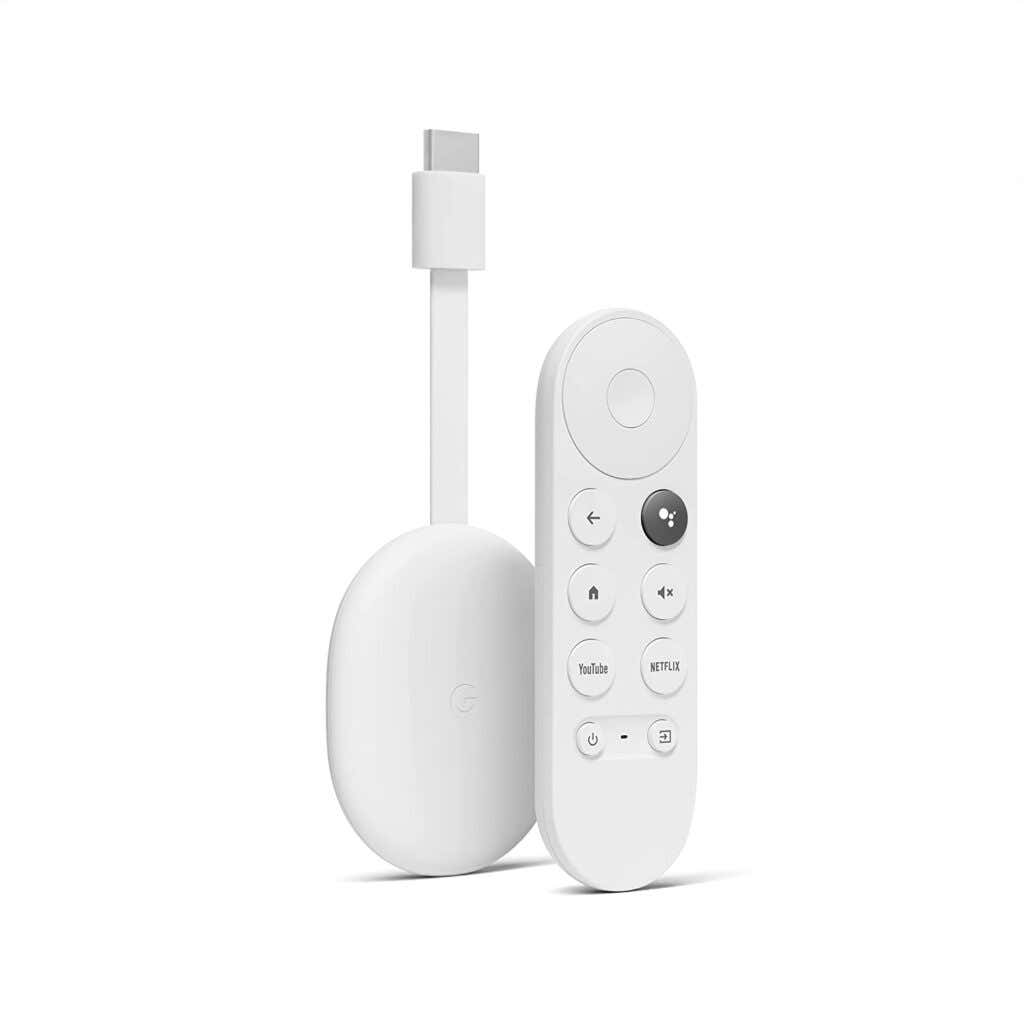The Fire Stick Lite, Fire TV Stick, Fire TV Stick 4K, and Fire Stick TV 4K Max all fall within a very narrow price range. So what does each product offer, and are the compromises of the cheaper models worth the difference in features? The Lite is limited to 1080p output, so it’s best to avoid this if you have a 4K TV, even if you don’t currently have access to 4K content. This is so the Fire TV 4K devices can handle image scaling rather than your TV’s internal scaler. While the Lite version looks exactly like the standard Stick TV, their remotes differ. The Alexa Voice Remote Lite doesn’t have any TV controls. This means you’ll have to keep your original TV remote handy for TV-specific functions. Not a huge deal, but an annoyance for sure. The Lite and standard models have a 1.7 GHz quad-core processor, although it’s unclear whether they use the same chip or not. In either case, there’s more than enough performance to run streaming apps. The Lite offers Dolby Audio via pass-through HDMI. This means that you’ll plug the Lite into your home theater system instead of your TV, using the video pass-through feature of your home theater. If your home theater doesn’t have this feature, you’ll need a TV that can pass Dolby audio to an attached soundbar or surround system. The box contains 2x AAA batteries, an HDMI extender, a USB cable and power supply, and the Alexa Voice Remote Lite. The same as the standard model, just with the less capable remote. Like all of the Fire Stick TVs we’ll mention here, one of the best things about the Lite is that it’s a stick rather than a box. This means you can plug it into the HDMI port on the back of your TV and just forget about it. You can even power it from a TV’s USB port in many cases, so there won’t be any visible cables going to the wall. The standard Fire TV Stick offers more or less the same streaming features as the Lite. You get 1080p Full HD output and support for HDR10, and although it promises more performance, that won’t affect actual streaming. You may get a slightly smoother browsing experience or app responsiveness. Dolby Atmos audio, Dolby Digital, and the rest are included just as they are with the Lite, so what’s the difference? It all comes down to the voice control remote, which in the Fire TV Stick includes TV controls to change the TV’s volume controls or mute it. That’s really the only difference of consequence between these two products. The standard 4K model offers both HDR10+ and Dolby Vision, so Samsung and non-Samsung TV customers are covered. You get a significantly faster CPU to drive those 4K visuals, translating into snappier app performance and content browsing performance. It also supports significantly more video and audio formats. The 4K Max version offers everything the standard 4K model offers but has 40% more processing power, making things even snappier. It also comes with a new Wi-Fi 6 chip, so if you have a Wi-Fi 6 router or are likely to get one in the future, this will significantly improve 4K streaming performance.
A Note On Pricing
The prices we’ve listed above are the recommended prices for these devices at the time of writing. However, Fire TV Sticks rarely show for their full listed prices. The 4K Max model has repeatedly been on sale for $35, while the Lite doesn’t get such deep and frequent cuts. Also, don’t forget that you can trade in some Fire TV, Roku, Apple, and Chromecast devices for a discount on a new Fire TV Stick.
Fire Stick Alternatives
That said, we can’t consider the Fire TV Sticks in isolation. There’s a lot of competition in the streaming box market, and the cheapest products aren’t necessarily the best value. Apple’s 3rd-generation Apple TV has received a substantial price cut, starting at $129 for the 64GB version. That’s four to five times as expensive as the Lite or just over twice as expensive as the 4K Max, but you get a lot for your money. This new model has the same specs as the iPhone 14, making it a powerful iOS gaming and streaming device. It also means that you probably won’t have to buy a new streaming box for five years or longer, and you’ll have a great experience. If you get the $149 128GB model, you also get Thread smart home hub functionality and an Ethernet port. You shouldn’t dismiss other brands of Android TV devices either. In particular, Xiaomi’s Mi Box S is a direct answer to Apple TV 4K devices at under $100, with the bonus of support for external storage and app side-loading.
Final Recommendations
Ultimately, the correct Fire TV device for you depends on a few factors. Here’s what we recommend:
If you want to use a 1080p TV and don’t care about TV controls on the Fire Stick remote, get the Lite. If you value the more advanced remote control and have a 1080p TV, pay the extra $10 and get the standard 3rd-gen 2020 Fire TV Stick. If you have a 4K UHD TV, we recommend skipping the standard Fire TV Stick 4K and buying the 4K Max as the better long-term investment. If the 4K Max is on sale for its common discount price of $35, you should buy it regardless of what TV you have.
While the Lite model does represent a substantial 25% saving in price against the standard model, in absolute terms, that’s less than a month of Netflix, so it’s hard to think of a situation where anyone would trade the modest feature advantages it has for $10 in savings. The debate between buying the Fire TV Stick Lite vs. Fire TV Stick seems a little pointless, considering its once-off nature and how much HBO Max or any of the other best streaming services charge for their content. It makes more sense to buy the best media player you can afford and then save money on streaming services to make up the difference.
